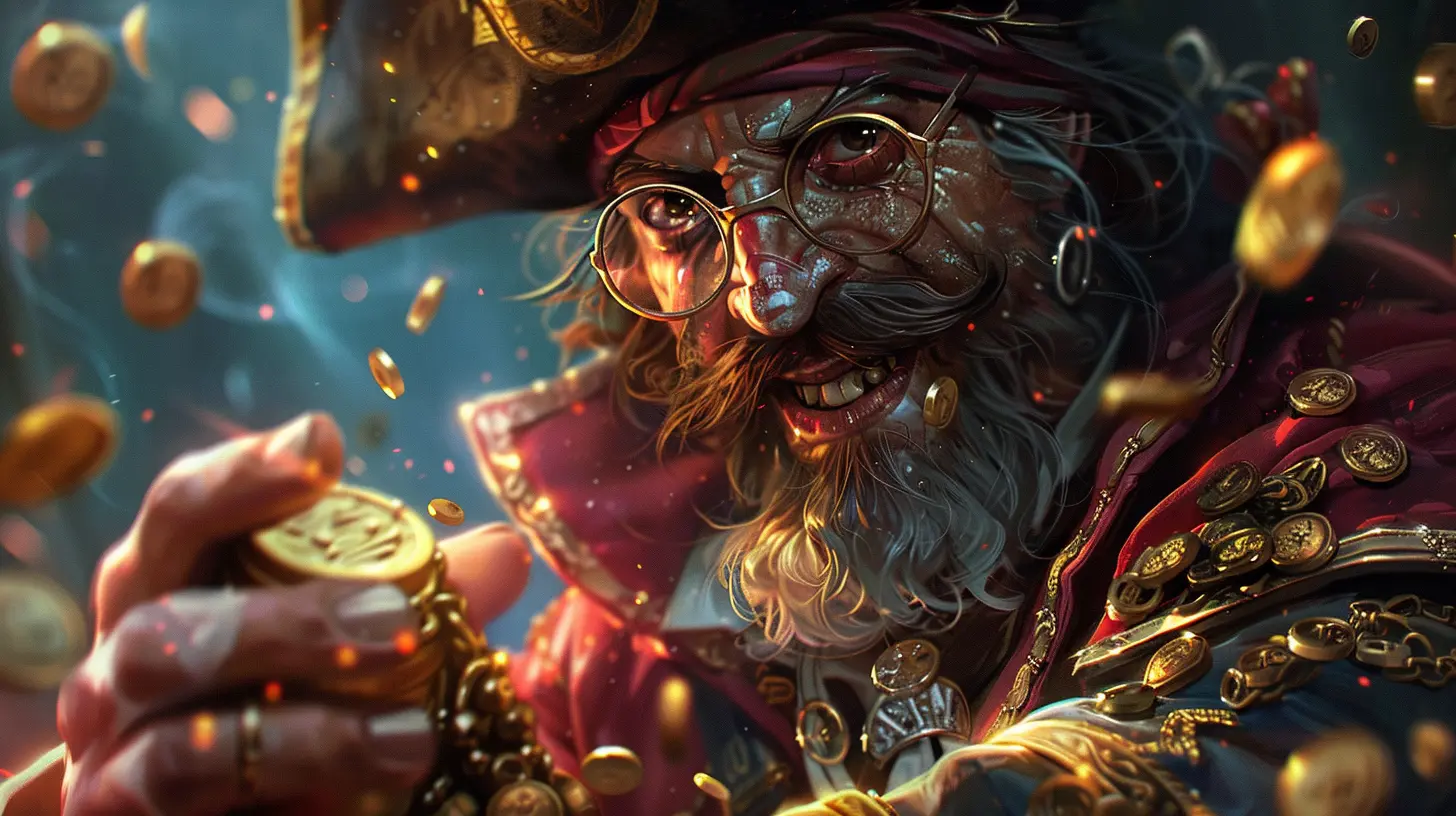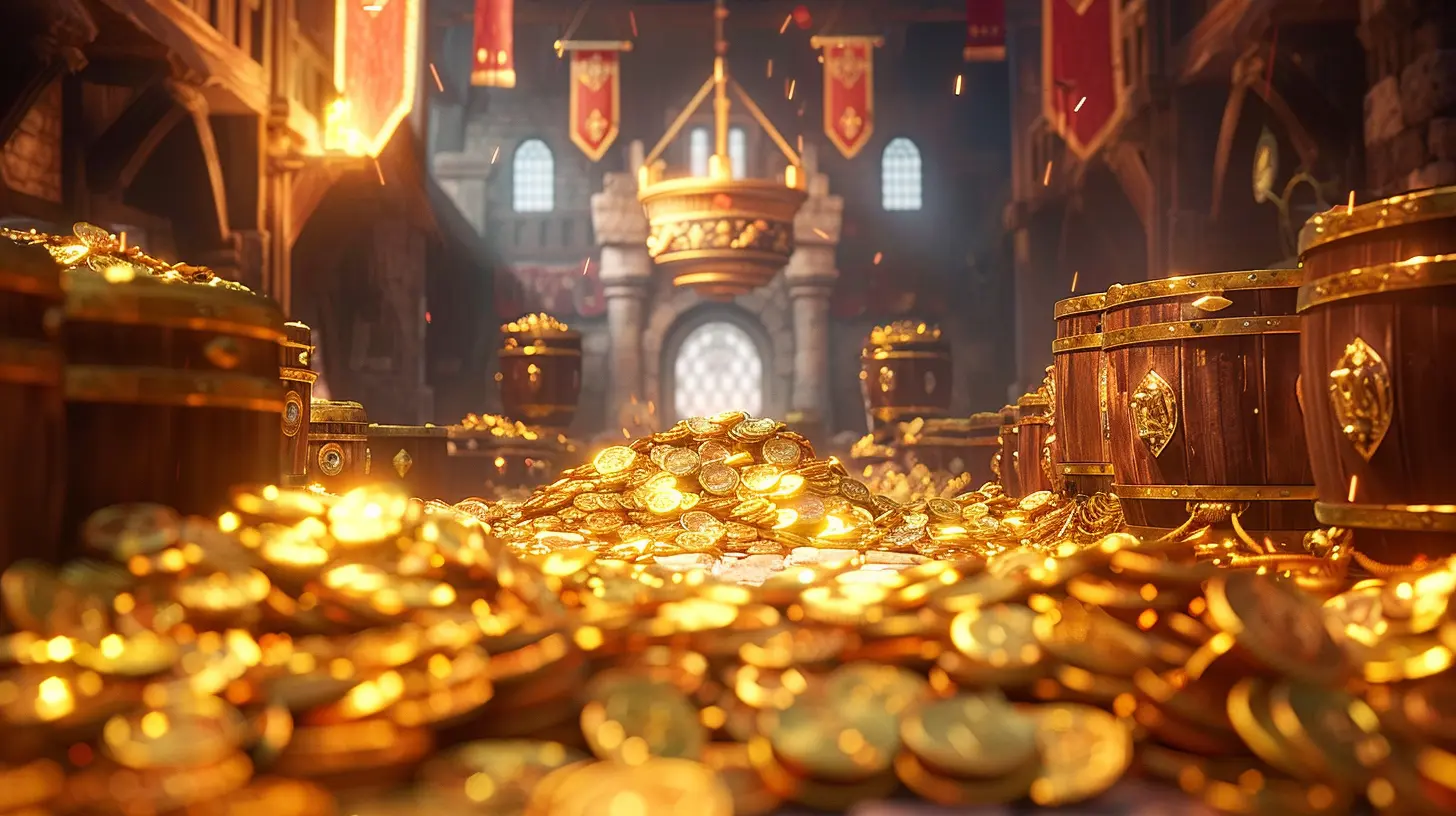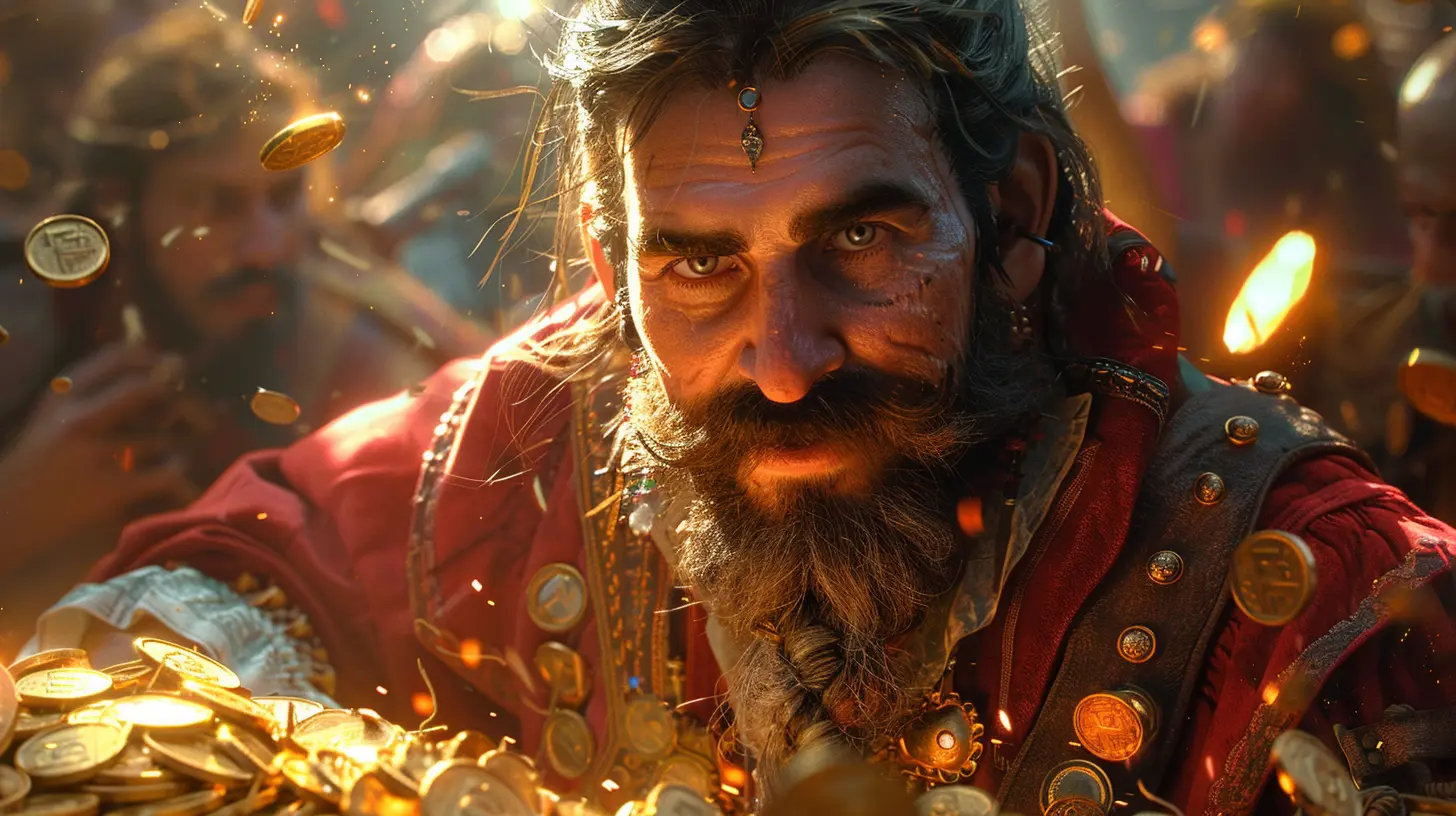Do Microtransactions Help Finance Bigger, Better Games?
10 February 2025
Let's get one thing out of the way: microtransactions are a contentious topic in gaming. Love them or loathe them, they’re here to stay. If you're not familiar (and honestly, where have you been?), microtransactions are those small payments you can make in a game to buy extra content—think skins, weapons, loot boxes, or even extra lives. They’ve become a staple in the gaming industry, from mobile games to massive AAA titles.
But here's the million-dollar question—or perhaps the billion-dollar one: do microtransactions actually serve a purpose beyond making a quick buck for developers and publishers? Can they really help finance bigger, better games? Let’s dive in and figure this out.
A Quick Look at the Business of Gaming
Before we get too deep, let’s talk about what it takes to make a game. Spoiler alert: it’s not cheap. Developing a full-fledged AAA game can cost hundreds of millions of dollars—seriously, it’s like financing a major Hollywood blockbuster. You've got salaries for developers, artists, writers, and voice actors. There’s software, marketing, distribution costs, and don’t forget post-launch updates and bug fixes. It’s a massive investment.Historically, game studios made their money by selling physical or digital copies of their games for a flat price (usually around $60). But as development costs skyrocketed, publishers needed new revenue streams to justify these massive budgets. And voilà, microtransactions were born.
Microtransactions: A Necessary Evil?
Now, let’s get real. Microtransactions aren’t some evil corporate plot to ruin your gaming experience (not entirely, at least). They exist because games are more expensive to make than ever before, yet the price tag for most games hasn’t increased in decades. Think about that. Back in 1996, a game for the Nintendo 64 cost $60. Fast-forward to 2023, and most PS5 or Xbox Series X games still cost...$60 (okay, maybe $70 in some cases). That’s insane when you consider inflation and the ballooning costs of game production over the years.So, how do studios make up the difference? Microtransactions. By offering optional add-ons, publishers can generate extra revenue without hiking up the base price of the game. It’s a way to subsidize development costs and, in theory, funnel that money into bigger and better games down the road.
But does it actually work that way?
The Good: Microtransactions Can Fund Innovation
Let’s give credit where credit’s due—microtransactions can be used for good. When implemented responsibly, the revenue from microtransactions can fund ambitious projects that might not have been possible otherwise. Take Fortnite as an example. The game’s free-to-play model is entirely funded by microtransactions (mostly cosmetic skins), and Epic Games has been able to reinvest that money into constant updates, new modes, and even massive crossovers with franchises like Star Wars and Marvel. Without microtransactions, there’s no way Fortnite could sustain the level of content it’s known for.Another example? GTA Online. Rockstar Games has made ridiculous amounts of money through the sale of Shark Cards (in-game currency), which has allowed them to keep the game alive for nearly a decade. And while some fans might argue that Rockstar has leaned on GTA Online for too long, there’s no denying that the game’s success has likely funded development for future titles, like the much-awaited GTA 6.
In cases like these, microtransactions act as a sort of lifeline, allowing developers to dream big without worrying about immediate returns. It’s like when your favorite band gets a big record deal—they can finally afford that fancy studio and make the album of their dreams.
The Bad: Pay-To-Win and Consumer Fatigue
Of course, not all microtransactions are created equal. For every Fortnite, there’s a Battlefront II—a game infamous for its aggressive, pay-to-win microtransactions. When publishers prioritize profits over player experience, it creates a toxic environment where players feel pressured to shell out cash just to stay competitive. And let’s be honest, no one wants to feel like they’re being nickeled-and-dimed every time they boot up a game.This kind of predatory monetization can erode trust between players and developers. Sure, players might tolerate spending a few bucks on a cool skin, but when it feels like progress is locked behind a paywall, frustration sets in. It’s like going to a theme park and realizing you have to pay extra for every ride.
Plus, there’s the problem of consumer fatigue. Gaming is already an expensive hobby—between consoles, accessories, and the games themselves, players are dropping big bucks before they even think about microtransactions. Add in season passes, DLC, and constant in-game purchases, and you’re looking at an ecosystem that feels increasingly greedy. At some point, players just say, “Enough is enough.”
The Ugly: Are Bigger Budgets Always Better?
Here’s something to chew on: just because a game has a bigger budget doesn’t mean it’s a better game. In fact, some of the most beloved games of the past decade have come from indie studios working with modest resources (Hollow Knight, anyone?). Bigger budgets often come with more creative restrictions, as publishers are less willing to take risks when so much money is on the line.Microtransactions, while lucrative, can exacerbate this problem. When developers know they’ll make the bulk of their money post-launch, they might focus more on monetization strategies than delivering a polished, cohesive experience. This is how you end up with half-baked games that feel like glorified cash grabs.
So, Do Microtransactions Actually Help?
Alright, let’s bring it all together. Do microtransactions help finance bigger, better games? The answer isn’t a simple yes or no—it’s more of a “yes, but...” Microtransactions can help fund ambitious projects and keep games alive long after launch. However, they’ve also paved the way for exploitative practices and games that feel more like storefronts than creative works.Ultimately, it comes down to how developers and publishers choose to use that extra revenue. When handled responsibly, microtransactions can be a win-win: players get more content, studios get more funding, and everybody’s happy. But when greed takes over, it’s the players who lose out.
Final Thoughts: A Balancing Act
At the end of the day, microtransactions are a double-edged sword. They have the potential to elevate gaming to new heights, but they also have the power to alienate the very audience they rely on. As players, we can (and should) hold developers accountable for predatory practices while also acknowledging the role microtransactions play in keeping the industry afloat.So, the next time you’re tempted to buy that shiny new skin or loot box, maybe ask yourself: is this helping to fund my favorite game’s future—or just padding a CEO’s bonus check? Food for thought.
all images in this post were generated using AI tools
Category:
MicrotransactionsAuthor:

Lana Johnson
Discussion
rate this article
5 comments
Tempra Campbell
Microtransactions can be tricky but sometimes necessary!
March 18, 2025 at 4:28 AM

Lana Johnson
Thank you for your insights! While microtransactions can be controversial, they often provide essential funding that enables developers to create larger and more ambitious games.
Zacharias McNeal
Great article! It's fascinating to explore how microtransactions can fuel game development. While they spark debate, they also enable creators to enhance gameplay and deliver richer experiences. Balancing monetization with player satisfaction is the key to success!
March 10, 2025 at 5:36 AM

Lana Johnson
Thank you for your insightful comment! Balancing monetization and player satisfaction is indeed crucial for fostering a thriving gaming experience.
Wolf McKnight
Microtransactions can boost funding, but may compromise game quality and player experience.
February 22, 2025 at 5:01 AM

Lana Johnson
While microtransactions can provide essential funding, they often lead to game design choices that prioritize profit over quality, potentially diminishing the overall player experience.
Lena Cannon
Microtransactions can provide essential funding for game development, but they often detract from the experience, leading to frustration among players. Balancing financial needs with player enjoyment is crucial for long-term success.
February 12, 2025 at 3:30 PM

Lana Johnson
Thank you for your insightful comment! Balancing funding through microtransactions while maintaining player satisfaction is indeed essential for creating engaging and successful games.
Denise McVaney
Great article! Microtransactions can indeed fuel innovative game development, allowing studios to create richer experiences. It's vital, however, to balance monetization with player satisfaction, ensuring gamers feel valued and not exploited. Keep the conversation going!
February 10, 2025 at 3:30 PM

Lana Johnson
Thank you for your insight! You're right—striking the right balance in monetization is key to enhancing player experience while supporting game development. Let's keep discussing this important topic!
MORE POSTS

Interactive Storytelling: How Adventure Games Keep Us Hooked

Crafting the Perfect Free-to-Play Experience: Tips for Game Developers

Loot Boxes vs Direct Purchases: Which Microtransaction Model Works Best?

Customizing Your Experience: How Cross-Platform Games Handle User Mods

Why Controller Design is More Important Than You Think